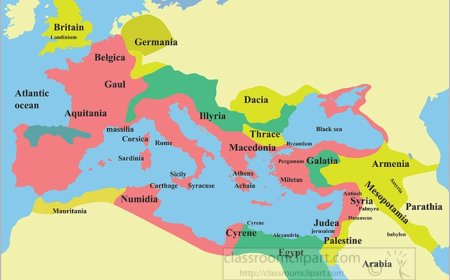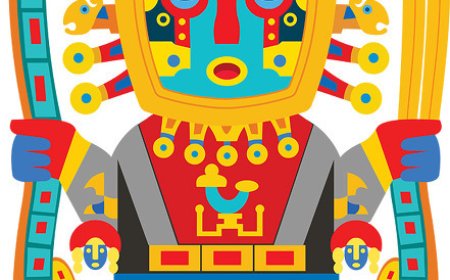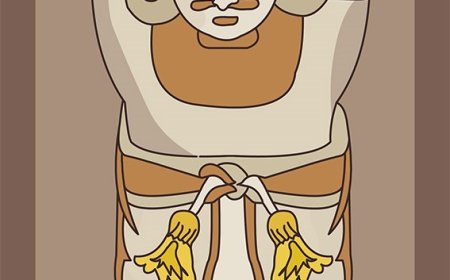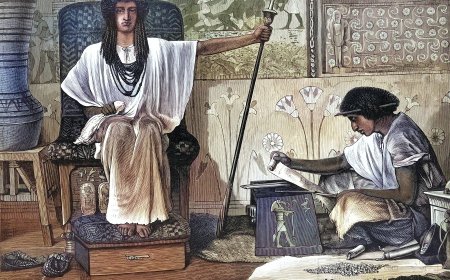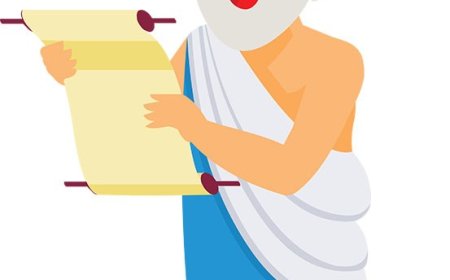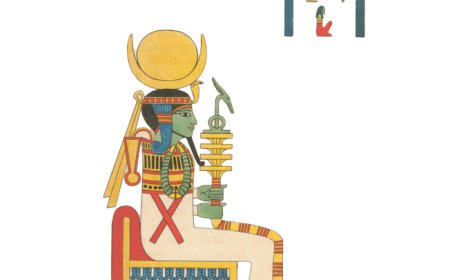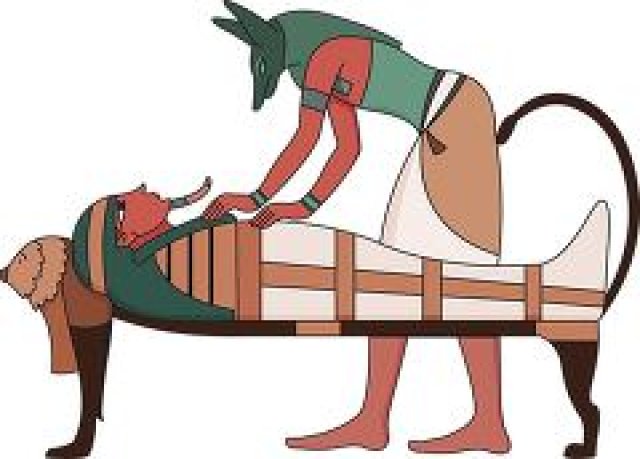The Aztec Civilization: Empire of Warriors, Temples, and Tenochtitlán
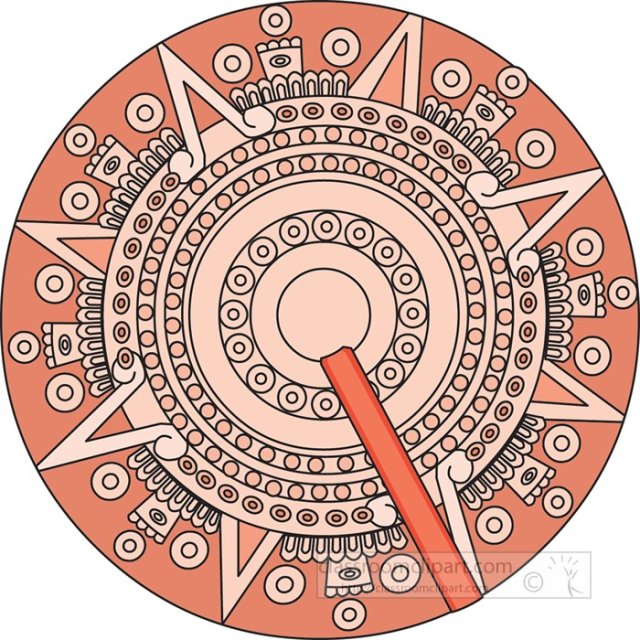
🗡️ The Aztec Civilization: Empire of Warriors, Temples, and Tenochtitlán
Introduction
The Aztec civilization was one of the greatest powers in the Americas before the arrival of Europeans. Known for their impressive capital city, powerful warriors, and deep religious beliefs, the Aztecs built an empire full of rich culture and incredible architecture. Though their time as rulers was short, their legacy still lives on in Mexico today.
📍 Location and Time Period
The Aztecs lived in Central Mexico and built their capital city, Tenochtitlán, on an island in Lake Texcoco. The civilization rose around 1300 CE and lasted until 1521 CE, when it was conquered by Spanish conquistadors led by Hernán Cortés.
🏛 Empire and Government
The Aztec Empire was ruled by an emperor known as the Huey Tlatoani, or “Great Speaker.” He was both a political and religious leader. Below him were nobles, priests, warriors, and merchants.
Tenochtitlán was the center of Aztec power. It had canals, temples, causeways, and even floating gardens called chinampas used to grow crops.
The empire expanded by conquering other tribes, collecting tribute (payments), and creating a network of trade and military alliances.
🧑🌾 Daily Life of the Aztecs
Aztec society was divided into classes, but most people were farmers, craftsmen, or traders.
Homes: Built of mud bricks with thatched or flat roofs
Clothing: Men wore loincloths and cloaks; women wore long dresses called huipils
Food: Corn tortillas, beans, squash, tomatoes, chili peppers, and chocolate
Jobs: People could be farmers, builders, potters, weavers, priests, soldiers, or merchants
Children helped at home and learned from their parents or at school, where boys studied war or religion.
🛕 Religion and Gods
The Aztecs were polytheistic, believing in many gods. They believed gods needed offerings and human sacrifices to stay strong and keep the world in balance.
Major gods included:
- Huitzilopochtli – god of the sun and war
- Tlaloc – god of rain
- Quetzalcoatl – god of wisdom, wind, and learning
Temples, especially the Templo Mayor, were built at the heart of their cities. Priests performed ceremonies and sacrifices, often at the tops of pyramids.
📜 Writing, Education, and Calendar
The Aztecs used picture-writing called codices, made from bark or animal skin. They didn’t have a full alphabet but used symbols to record:
- History
- Religion
- Laws
- Tribute records
They also had two calendars:
A 365-day calendar for farming and seasons
A 260-day ritual calendar for religious ceremonies
⚔️ Warriors and the Military
Aztec society honored bravery in battle. Boys trained to become warriors, and successful soldiers could rise in status.
Special warrior groups included:
- Jaguar Warriors
- Eagle Warriors
Capturing enemies was important because they were used in religious sacrifices. Warfare helped the empire expand and kept the gods pleased.
🧱 Art, Architecture, and Achievements
Aztec art was bold and colorful, often linked to religion. They made:
- Carvings and masks from obsidian, jade, and gold
- Beautiful pottery and featherwork
- Large pyramids and temples
Tenochtitlán amazed Spanish explorers with its size, cleanliness, and structure. It had:
- Floating gardens (chinampas)
- Stone causeways connecting the city to land
- Markets, schools, and temples
📉 Decline of the Aztec Empire
In 1519 CE, the Spanish explorer Hernán Cortés arrived. With fewer than 600 men, he formed alliances with Aztec enemies and marched to Tenochtitlán.
In 1521, after months of battle and the spread of diseases like smallpox, the Aztec Empire fell. The Spanish destroyed the city and built Mexico City on its ruins.
🎉 Fun Facts About the Aztecs
- Aztecs believed the world had already ended four times and they lived in the fifth world!
- Tenochtitlán was larger than any European city at the time.
- The Aztecs made “chili hot chocolate” mixed with water and spices.
- Aztec warriors wore animal costumes to scare enemies.
- The Aztec language, Nahuatl, gave us words like chocolate, tomato, and avocado.
🧠 Vocabulary List
- Tenochtitlán – The capital city of the Aztec Empire
- Huey Tlatoani – The emperor of the Aztecs
- Chinampa – A floating garden used for farming
- Codex (plural: codices) – A book made of pictures and symbols
- Huitzilopochtli – The sun and war god
- Polytheistic – Belief in many gods
- Tribute – Payments made by conquered people to the empire
- Jaguar Warrior – A highly trained and honored Aztec soldier
- Templo Mayor – Main temple in the Aztec capital
- Conquistador – A Spanish conqueror, like Hernán Cortés
📚 Kid-Friendly Summary
The Aztecs built a mighty empire in Central Mexico, with a capital city full of temples, markets, and canals. They were fierce warriors, skilled farmers, and artists. Their gods, stories, and achievements left a powerful legacy—even after the Spanish conquered their empire in 1521. Today, the Aztec spirit lives on in Mexican culture, food, and language.


















































